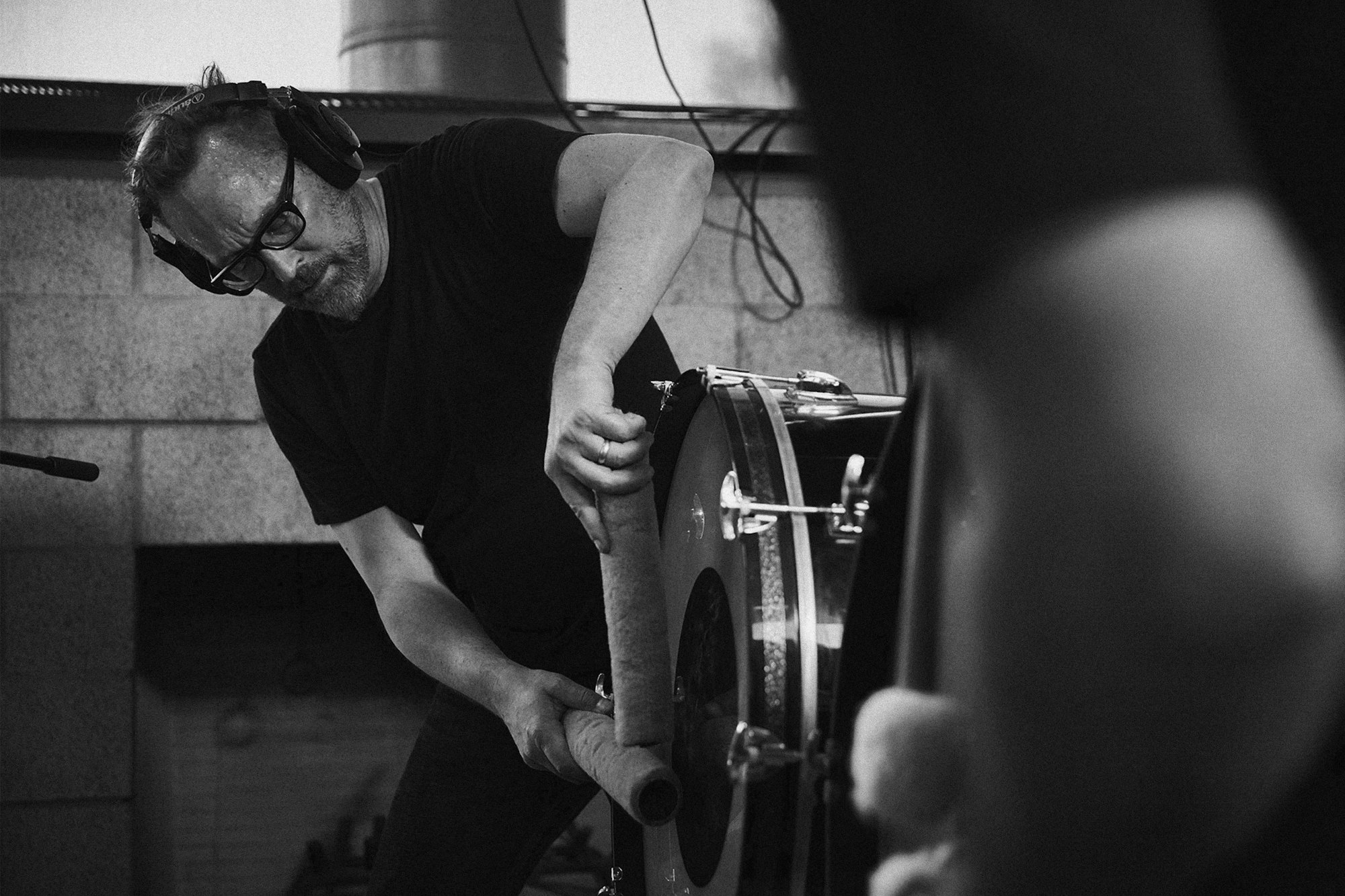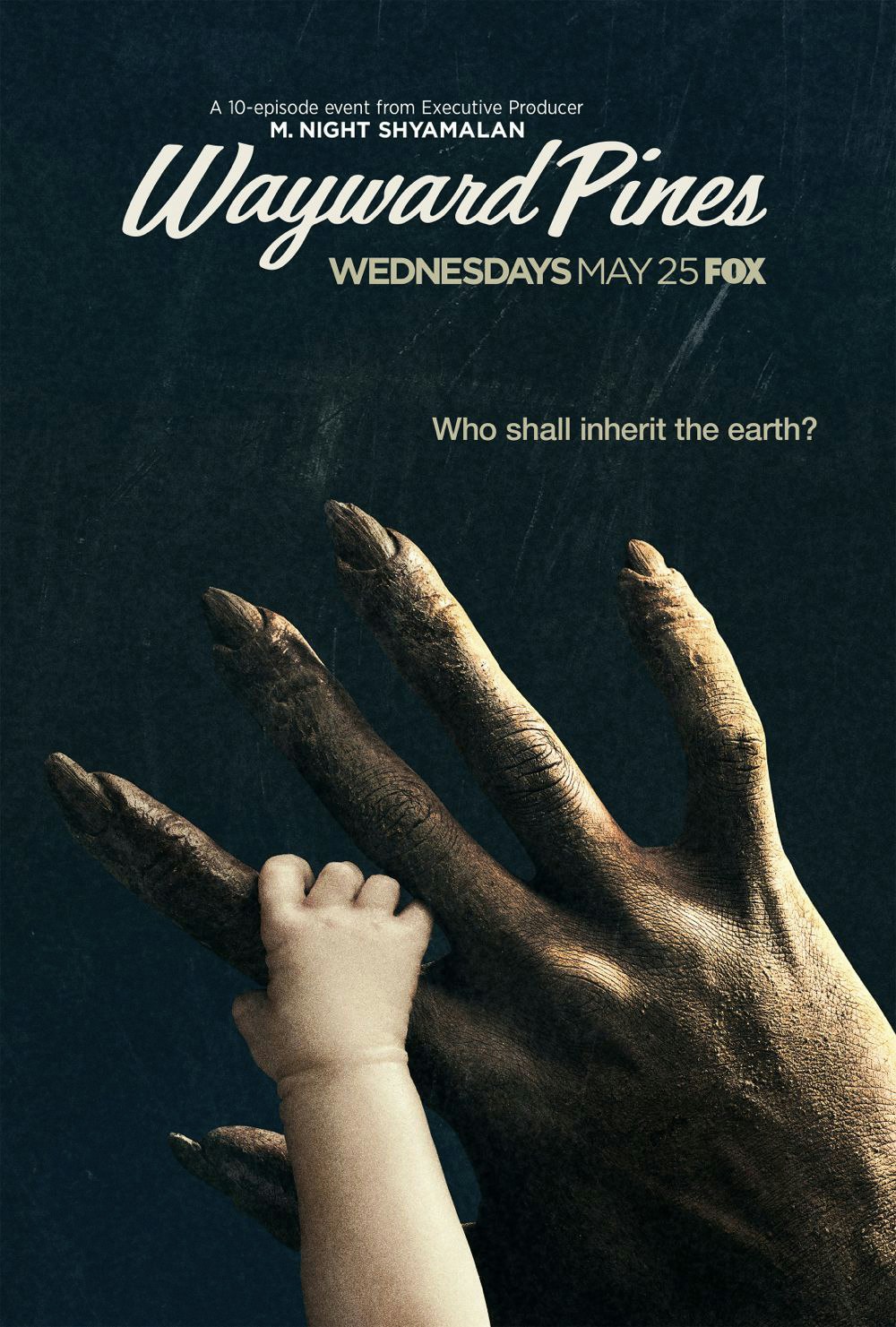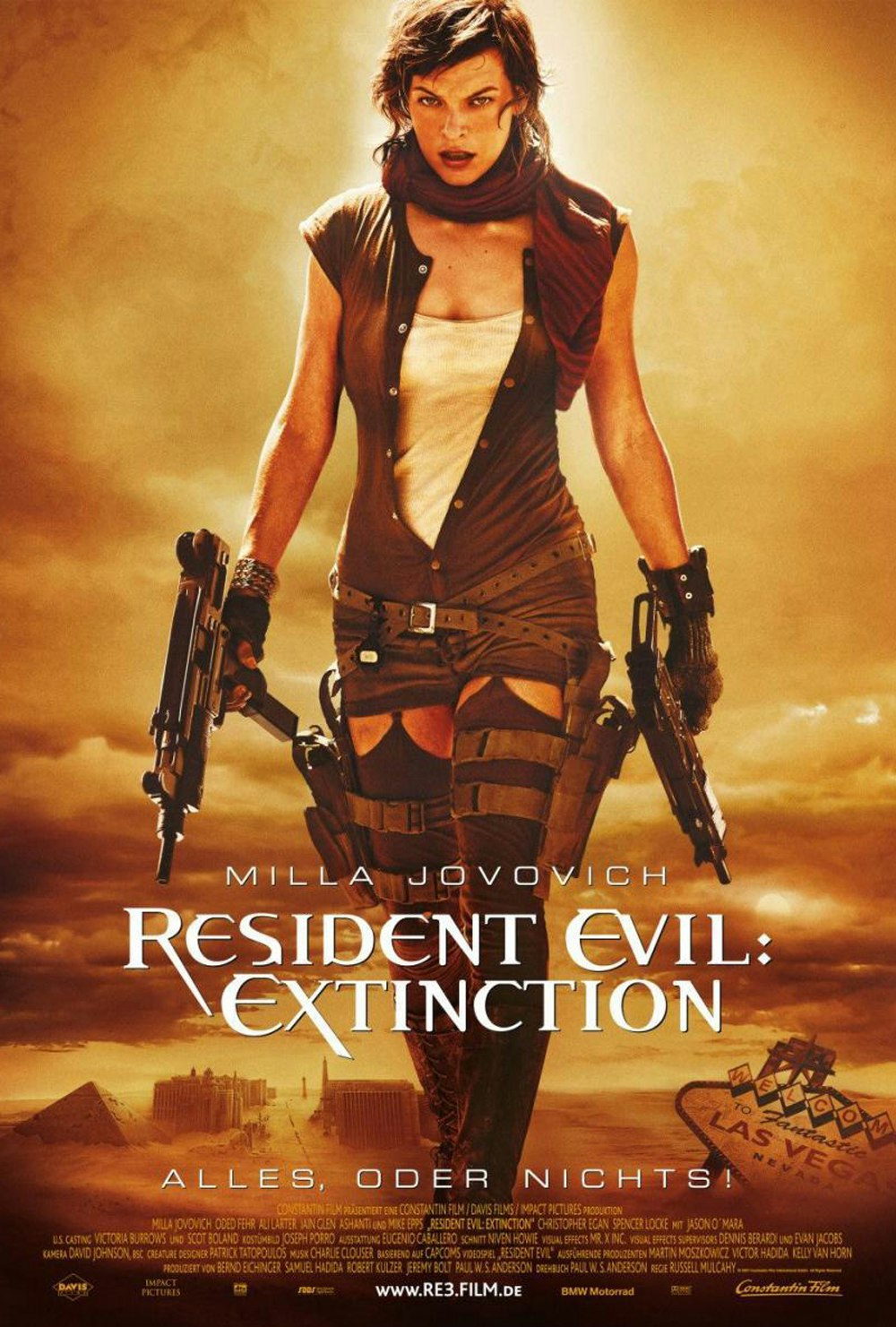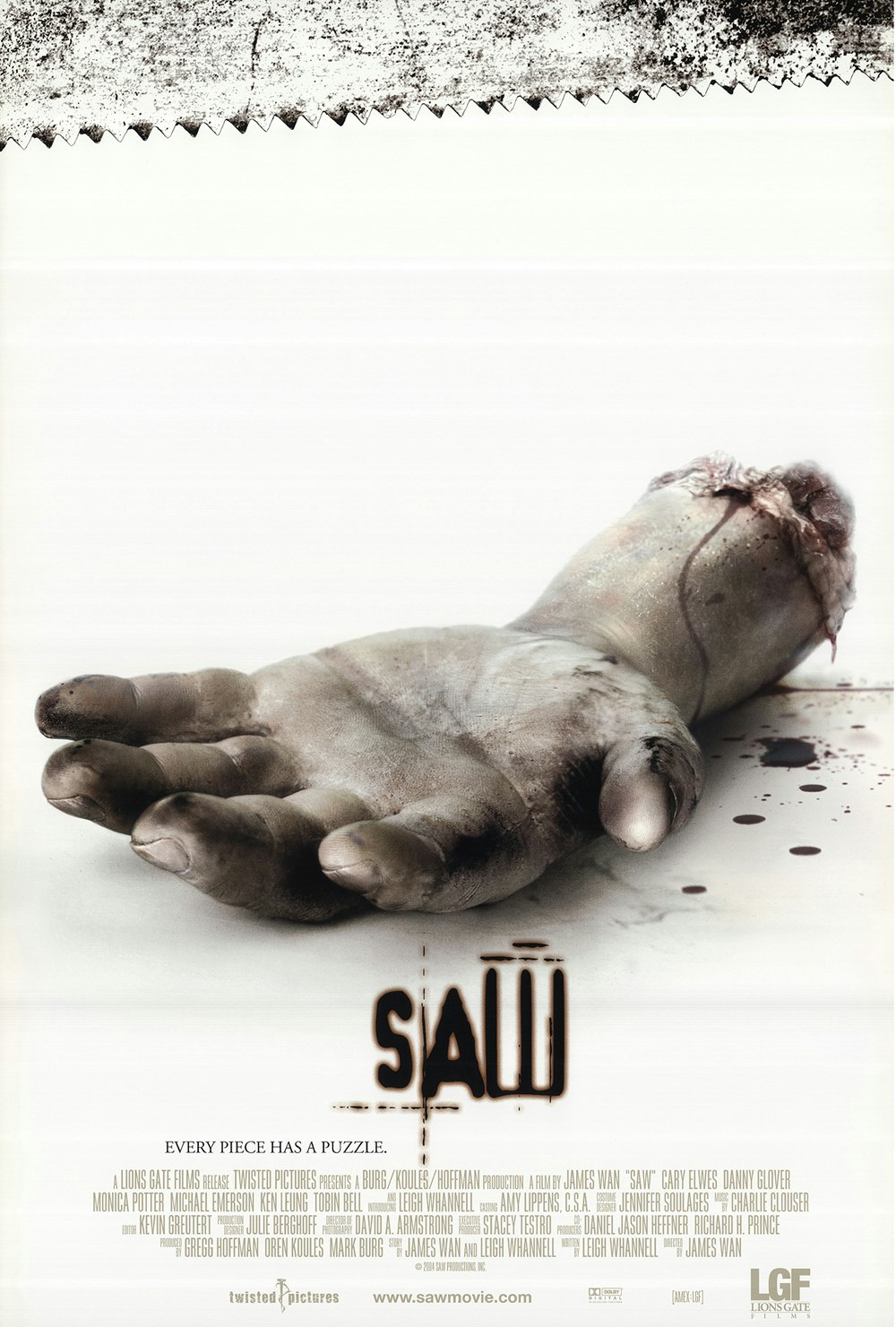Words by Sean Wilson
One cannot imagine the body-mangling, blockbusting Saw franchise without its music. Composer Charlie Clouser's thrashing, rock-infused score gives perverse grandeur to Tobin Bell's infamous Jigsaw Killer, becoming nothing less than an anthem of pain. But how did Clouser come to be involved with one of the most successful horror franchises of all time?
We caught up with him to discuss his musical origins and influences. Clouser explains his early start in the rock industry, including his collaboration with Nine Inch Nails' Trent Reznor, and how his love of sonic experimentation led him to the door of Saw director James Wan.
Are there shared principles of collaboration from project to project, whether it's a rock record, a film, or something else entirely?
Charlie Clouser: A lot of the work I did earlier in my career, at least as far as albums were concerned, involved slotting in my abilities alongside established musical criteria. This ranged from drum programming for heavy bands for the likes of Rob Zombie, to collaborating in the studio with Nine Inch Nails. There was already an established musical vocabulary and I would try and apply my musical skills to said vocabulary. That's a blessing because it's not just two people who've met down the pub and are trying to figure out how to work together on something interesting. It's easier for a side person, as I was in those situations because you can look for a common thread in the body of work that already exists, and maybe find areas that are under-exploited.
That was the case with bands like White Zombie and Rob Zombie. They had this big, heavy, chunky sound but it was essentially rock music. They wanted to inject some otherworldly heaviness through some studio trickery and sample and loop mangling, which is something I did a lot of at that time. That was a great area in which I could open up my bag of tricks, and then we could pick through that to find ways and locate things they didn't already have. That said, we weren't looking for a complete departure. You never want to be Yoko Ono in that situation. [laughs] You turn the project down some side street that was unintended.
On film scores, the roles are generally reversed. All of a sudden, I'm in the driver's seat. I'm trying to find collaborators who have skills and abilities that are under-represented in my toolbox. It's been interesting to be on the other side of that equation. I had a couple of collaborators who I had known for many years, since the 1980s. Even though we didn't have a shared musical path, their abilities complemented areas in which mine were lacking, and that was always the key to finding something interesting quickly.
Trent [Reznor] explained that the reason why he wanted me in the band was he enjoyed the remixes and programming work I did for other bands.
Backtracking slightly, was there a eureka moment for you at a young age? Was there a particular song or piece of music that sparked off your desire to become a musician?
Yeah, and to this day, I'm most interested, intrigued, and inspired when I hear a piece of music, and I can't figure out how they did it. If it's something that I have any level of understanding about, and I can develop a plan to reverse-engineer it, then it becomes less interesting. If it's a mountain that I already know how to climb, then I lose interest in climbing that mountain. At a young age, I remember being awestruck by the likes of Ligeti and Bartok and Penderecki that featured in Stanley Kubrick movies like The Shining and 2001: A Space Odyssey. I saw those movies when they first came out, so I was at a fairly young age, but I hadn't ever been exposed to that type of modern classical composition. I remember hearing those atonal and dissonant choral pieces that Ligeti did, which were used in 2001, and being awestruck. I didn't know a human voice could do that. I didn't know how one would notate or arrange that. It was this big cloud of mysterious talent. Those were very influential in terms of attracting me towards scoring films.
On the record side, it was stuff like David Bowie and Pink Floyd and Kraftwerk and Led Zeppelin. I understood the ingredients to some degree but when I tried to do it, it didn't come out like that! [laughs] When a 12-year-old child hears Ligeti, there's a huge gulf between practicing piano in lessons and this thing you're hearing. But when you already know how to play the drums and guitar a little bit, and then you hear a Pink Floyd record, you kind of understand what those ingredients are. There isn't a sense of this massive gulf separating you from this thing you're listening to. That becomes a path that seems reasonable to try and follow. That is probably why I didn't dive into becoming a modern classical composer. Instead, I tried to work my way towards that by understanding how records and songs were made. How technology worked and all that, working with bands and so forth.

Did your journey start at music school and then progress onwards towards collaborations with individual artists and bands?
I actually did study electronic music at college, but that was in the era before MIDI had even come out. It was very old-school, academic electronic music with modular synths and tape loops. It was very interesting and amazing, but it wasn't a first step towards making hit records. As part of that college program, I did a field study I went to a recording and engineering school back before they were widely available. There were only a few of them on the planet. That helped me get a foundation in conventional recording techniques. My education in that side of things was more focused on the how not the why. It was up to me to figure out the why.
That's what led me, after college, to try to become involved in making records and working with bands. There was some crossover between my musical ability and my technical ability. That served as an in for many of the bands I worked with during the first decade of my career. They might have been looking for someone to add some programmed drum machine elements, or looking for someone who could take hip hop drum loops and chop them up to place behind a heavy metal record. That kind of thing served as an in towards working with Nine Inch Nails, but also towards my first paid job in making music. I was working alongside a TV composer on the score to the final season of The Equalizer on CBS.
It had been scored, including the main theme, by Stewart Copeland from The Police. He left that gig to do a tour, and I got hired by a guy who was once a customer of mine; he had been a customer at a music store I had once worked at. He was moving from Australia to America to score the final season of this TV series. I then saw how they made the sausage, so to speak. And yet my name wasn't on the box. I was the number three guy in a three-man team. I was responsible for doing the sound design and making sure the rig worked. I programmed sounds on the synthesisers, which were all hardware in those days. I created all the rhythm parts and scary noises by, for example, pitch-shifting a snare drum down eight octaves to turn it into some evil roar.
Once I was in the situation, I could start to contribute musical ideas and also learn by doing. I still remember the first time I understood how a piece of film or TV score came together. I was looking at the piano roll scene on our crude MIDI sequencer, and cleaning up the notes that the number two man on the job had programmed into the sequencer. I realised that this cool piece of music really only had three piano notes and four string notes but the right ones in the right place created the desired effect. That's when I started to learn about the elements necessary in creating music that I liked.
There was an overarching conceptual framework as to how to approach the score for the first Saw movie.
It sounds like a real hotbed of creativity at the time. Were there lots of people bouncing ideas off each other?
At the time, in the mid-80s, technology was maturing but it wasn't ubiquitous like it is now. Our little set-up with a few hardware synths and a MIDI sequencer, plus a few crude samples, was, at the time, cutting-edge. There wasn't a huge community of people to collaborate with or share ideas with. Nowadays, everybody is using similar variations on the basic technology of the digital audio workstation. Everybody uses sample libraries and everyone is making wild sounds with sophisticated equipment. Back in the 1980s, the equipment was crude and also not as thick on the ground. I was fortunate that it was an unusual thing to be doing, because I was one of the few people, even in New York City, who would be a qualified candidate working on these TV scores beneath a composer. When he moved to New York, he sought me out and compelled me to quit my job at the music store – and it worked!
I have to ask about your collaboration with Trent Reznor. Is there a certain project you worked on with him that you're particularly proud of?
There were a few songs on the Nine Inch Nails album, The Fragile. Trent was very open to contribution and collaboration from the other guys in the band, and my skills had matured to the extent that I could fit in with the vocabulary of Nine Inch Nails. It took a while for me to understand how he did things. I had to shape my approach with what I perceived his desired result to be. In the earlier years of my time with the band, there wasn't as much musical contribution. It was more technical expertise and understanding how to get Pro Tools to synch to an analogue tape machine, or whatever.
It took a while before I could contribute things and therefore get tracks on the album that wouldn't get thrown away in the shuffle. 99% of Trent's earlier albums had been him, all by himself with some engineers and programmers realising those ideas. But in making The Fragile, he opened up those creative opportunities a bit. I and other band members like Danny Lohner, who was playing bass and guitar, were able to contribute stuff that actually made the cut and made it onto the record.
Trent explained that the reason why he wanted me in the band was he enjoyed my remixes and programming work for other bands. It wasn't exactly in line with Nine Inch Nails, but he could tell I had certain opinions as to how things should sound. All credit to his vision to hear something that a die-hard Nine Inch Nails fan might think is corny. It's not high art, but it's high-tech art. He sought my ability to make things sound big and dirty. I had some pool of skills that he believed could enhance what he was already doing. His mission was clear, but he needed more guys to shovel coal into the boilers of the Titanic.

We must talk about Saw. It's ballooned into this huge horror franchise and the most recent one, Spiral, came out in 2021, which you scored. Did you approach the first Saw as a fan of the horror genre?
I've always been a fan of the music and sound design that gets used in those kinds of movies. But I was not nearly as deep within the genre, absolutely not an aficionado or an authority, compared with the creators of the Saw franchise. James Wan and Leigh Whannell possess a level of knowledge that is encyclopaedic. They can reference deep cuts like 70s Italian slasher flicks, and so their vocabulary was much larger. Similar to my situation with Trent Reznor, James and Leigh could perceive that I had a sonic opinion or approach that was compatible, attitude-wise, with what they were trying to achieve in the movie. Even though I wasn't an authority on the genre, I was an authority on a certain sonic approach. That was enough. Through their guidance, I was able to find a destination that worked for everyone.
There was an overarching conceptual framework as to how to approach the score for the first Saw movie. We laid it out at the beginning, the way in which the score gets darker and murkier until near the end when it's dissolved into banging on pots and pans. The noise of metal grinders and stuff. It dissolves away from music into this chaotic murk. Then, in the final piece of music, it switches gears completely and becomes very bright and dry and strident for the ending theme, as if the lights have been switched on in the theatre. We wanted a severe and noticeable shift away from this murk. With that wire-frame structure already in place, it made the job of colouring in between the lines so much easier. It wasn't a situation where I was wandering around the desert trying to figure out which way is east. It was easier to follow, and that approach is something I've tried to apply to every subsequence project. That same game plan.
Thematic continuity has become a controversial issue in contemporary film music. And yet, the Saw series has remained very faithful to its central musical theme, the Jigsaw theme. It almost sounds like an anthemic celebration of twisted, brilliant evil. Was that the key idea behind the theme's creation?
James and Leigh never gave me express instruction, but I naturally responded to Jigsaw as kind of a dark hero. His twisted interpretation of his morality creates pain and suffering for his victims, but the noble motives of his mission of revenge are there. I did want to ensure that his musical theme possessed elements of tragic nobility or misguided heroism. Through a process of trial and error and instinct, I found the musical structures that generated such a reaction in myself. Hopefully, it worked on the audience, too.
It must be so much fun lacing in those thematic statements during the most shocking and disturbing moments like, for example, the reveal of Jigsaw at the end of the first movie.
Having a well-crafted twist ending is one of the great pleasures of a film composer's life. It provides this set of landmarks for one to navigate almost in secret. You can plan an elaborate musical attack. Without such a twist, you don't have the opportunity to kick the door open, musically speaking. That's always a huge opportunity to create musical drama that will have even more effective because it's so tightly in sync with the plotline.
There's a lot of discussion among film composers as to whether each character should have a musical theme or motif. You can combine them when said characters are operating together. To me, that always feels like the most basic and corny approach and the most obvious thing to do. I don't necessarily avoid that approach, but I try to subvert or enhance it. I wind up having themes or motifs or sounds that are tied in my mind to a place, or an emotional thought process that a character might be going through. That is a more versatile way for me to work. In a Saw movie, I might have a motif that's descending by minor thirds that I can deploy whenever any character is having a certain realisation. For instance, when they're realising that they're trapped. At that moment, I can deploy this melodic or chordal movement, and it's not tied to a person or a place. It's tied to something that happens to a lot of different people across the series of movies.
Likewise, sounds applied to a certain place mean I can use those sounds whenever characters enter said places. It might be a trap or an evil lair or whatever. No matter who it is that's entering a certain type of location. Tying musical modes not just to characters but also situations and then places provides so much more versatility for me, at least. Character C is in Place B, which has a certain sonic element, and they're in situation D, which has a melodic progression. You can develop both the melodic elements and the sound design elements, as well as the melodic and chordal elements tied to the situation.
The Saw franchise became very complex with flashbacks and so on. That gave me the ability, even in the eighth movie, to deploy a familiar musical nugget played with a certain family of sounds. This indicated an element of the backstory that not every viewer might have been up to speed with.
It's crucial that the composer be willing and discard any piece of music at any time, regardless of how labour was put into creating it.
You then collaborated with James Wan again on 2007's Dead Silence, which was completely different from Saw. It was a more traditional ghost story involving a ventriloquist's dummy. Did that allow you to undertake a completely different musical approach?
Very much so. Again, all credit to James Wan for helping to educate me on the approaches that work in these different off-shoots of the horror genre. I had just started working on the score for Dead Silence and James was coming over to listen to the first few sketches I had done. I had foolishly just started at the beginning of the movie, and was working my way chronologically through it just sketching out ideas. There wasn't any real thematic coherence in that first batch of sketches. I was just throwing things at the wall to see what worked.
James's instructions during that first meeting were to go to the end of the movie, to the final epic reveal, score that first and then develop the musical ideas from there. He then told me to work backwards and disassemble those elements so the entire movie can start gradually hinting at those musical ideas. So, when we arrive at that final destination, it feels like the final chorus of a song. Everything comes together and all the parts are playing at once. That is probably what you learn during the first week of film scoring school, which I never went to. It was a hugely useful set of instructions, and it made the entire process so much easier. Most film composers know to do that instinctively, but at that stage in my career, I had no idea.
Such an approach made it a lot easier to compose, for example, the main title sequence, which has a music box type melody. That melody became the thematic centre of the entire score. Once I had got it right at the end of the movie, I was able to extract bits of it, not just for the main title sequence but for other scenes throughout the movie. I could hint at that melodic theme and use it as a basis for a tiny little string part or as the basis for the root notes of a cue. Again, James's knowledge of the genre and the way in which good films are created and built in that genre really helped.
In your mind, what is the best way that a film composer can support a director's vision?
There is always an element of trial and error. The filmmaker never comes to the composer knowing exactly what they want. They may have impressions, and they may well know what they don't want. For that reason, it's crucial that the composer be willing and discard any piece of music at any time, regardless of how labour was put into creating it. It may not mesh with the vision that the filmmaker has. The filmmaker may simply not have developed the vocabulary to explain to the composer what it is that they want.
One must search for the common destination. Sometimes it feels like you're using a ride share application, and you're looking for two people who are going to the same destination. Maybe once they get there, one person will go left and the other will go right. But for some portion of the journey, you're going to need to ride together. It's about finding a way in which the composer's preferred route can be altered to suit the route of the filmmaker and the film itself. That's the correct and only way to do it, and the most important part of the process. It's often a relief when a filmmaker says that they don't like a particular piece of music because that acts as a navigational aid. It's always better when a filmmaker has a strong opinion, either positive or negative, than when they're undecided.
A filmmaker might say for a particular scene that we don't need any drums or sense of rhythm; instead, we need it to feel like we're teetering on the edge of a cliff and we're about to fall and start the drums. Even if it means you have to discard a mock-up that took you a week to put together, it's always better guidance than, 'Well, maybe we can fix it in the mix', or 'Maybe we can change things around on the dub stage'.



Composing for film seems like a uniquely humbling experience because one is forced to question if film music is ever truly autonomous.
Musicians of any stripe will say that limitations and constraints, whether it's from the technology, the instruments or the project, are good. That's because one is guided to a destination that's compatible with those limitations. On the one hand, my metaphor for making rock records is that it's often like painting a portrait. You're working in the context of a song format, and there's going to be a verse, a chorus and a solo in the middle. In a portrait, the shape of the nose has to be just right, and the lighting on the hair has to look realistic and so on. You can, of course, take artistic liberties and do an impressionistic version.
Working in film music is often more abstract. You might be doing a Rothko painting one day, and a Jackson Pollock the next. There are fewer constraints on the content, but just as many, if not more, constraints on the form. In a song format, the form is dictated by the conventions of, for example, the length of the guitar solo. In the context of a film, the form is dictated by what's on the screen. The content is wildly up for grabs, but the form is often more set in stone. When it comes to writing songs, if you're an accomplished artist, you can get away with writing a three-minute guitar solo. Take, for example, the three-minute solo in The Eagles' 'Hotel California'. That defies convention a little bit, but it works thanks to the artistry of the people involved.
On a film, that form is much more rigidly enclosed, but what you can place within outlines is wide open. That's what attracted me over the years towards scoring for picture. You can have music like the Bartok and Penderecki pieces in The Shining, a clattering, atonal, experimental soundscape. The content is appropriate as long as it conforms to the structural framework of the film. That provides more fertile ground for sonic experimentation, which I love.
